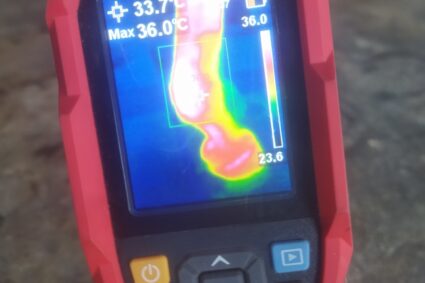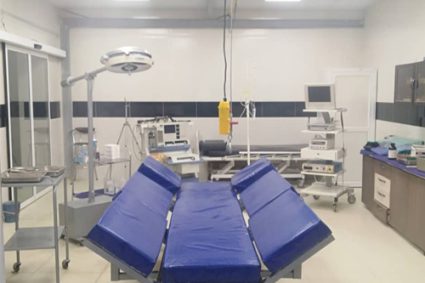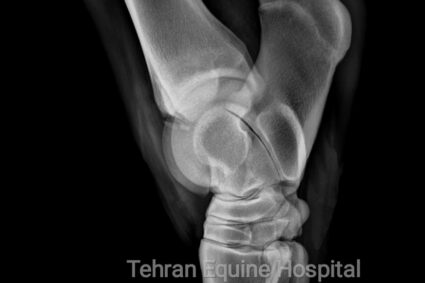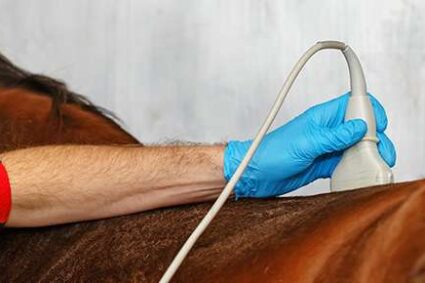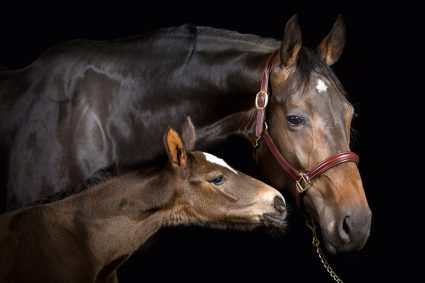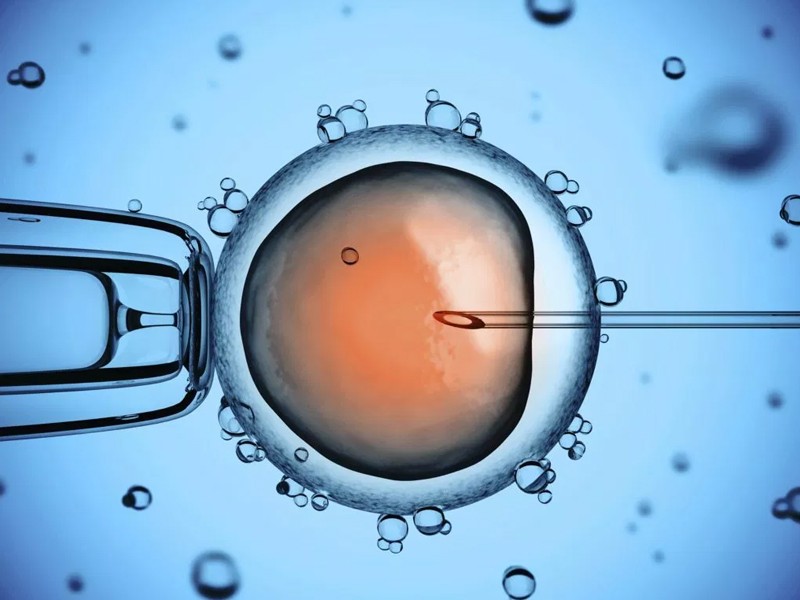
Embryo Transfer
OOcyte Recovery & GIFT
In the live mare, oocytes may be efficiently recovered from the dominant preovulatory follicle after gonadotropin stimulation, via either transvaginal ultrasound–guided follicle aspiration (TVA), or puncture of the follicle via a needle placed through the flank.
Aspiration of the stimulated preovulatory follicle provides a chance at only one or perhaps two oocytes per cycle but gives an oocyte with optimal developmental competence. Recovery rates from stimulated preovulatory follicles are high(70% to 80%) because the oocyte-cumulus complex has loosened from the wall of the follicle in preparation for ovulation (Carnevale and Ginther, 1995; Hinrichs et al., 1998).
The major drawbacks to aspiration of the stimulated dominant preovulatory follicle are the necessity
for monitoring of follicular growth, and accurate timing of gonadotropin administration in the mare, and
the fact that only one or sometimes two follicles are available for aspiration. Superovulation regimens
appear to be only minimally useful to increase the number of preovulatory follicles available for aspiration, as the ovary becomes flaccid after the first follicle is aspirated, and aspiration of subsequent follicles may be difficult (Maclellan et al., 2002). Limited superstim ulation (of one or two additional follicles) may be useful but also may be diffi cult to achieve. Oocyte recovery from the dominant follicle may be performed simply with use of a 13- to 15-gauge,
20-cm needle guided through a cannula placed through the fl ank (Hinrichs et al., 1998). The ovary is
manipulated with one hand per rectum, while the other hand manipulates the needle to puncture the
follicle. The contents of the follicle are aspirated using a 50-mL all-plastic syringe and extension tubing.
Because the follicle has received gonadotropin stimulation, the oocytes recovered from aspiration of the
stimulated, dominant preovulatory follicle have already resumed nuclear maturation and thus need only to be
supported in culture to the time of predicted ovulation to mature completely.

